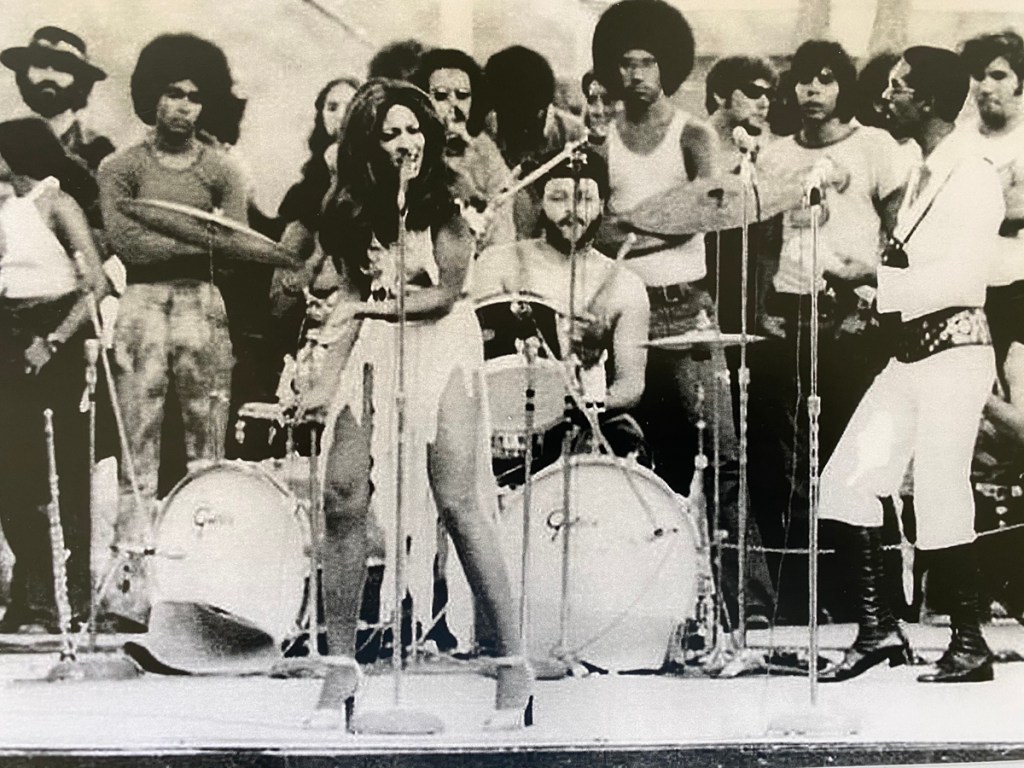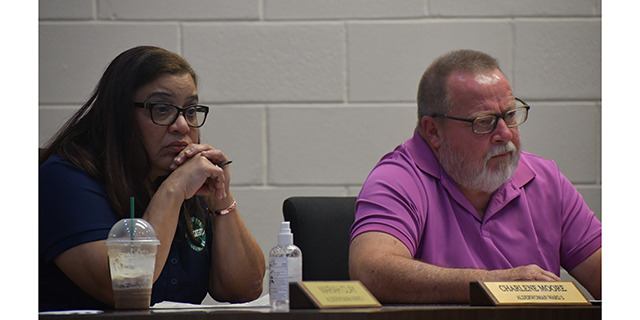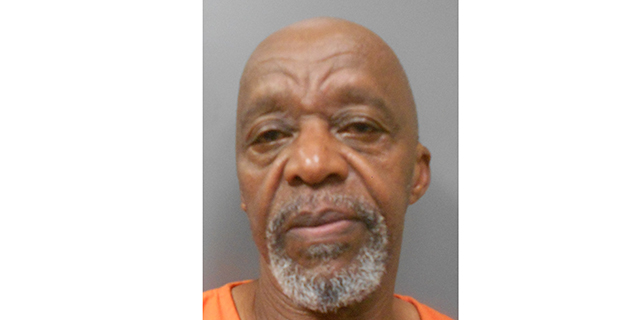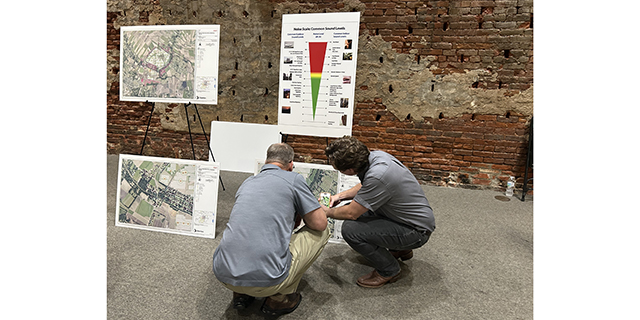STREET BEAT: Lil’ Brooklyn neighborhood name origin not certain
Published 7:15 am Sunday, March 21, 2021

- Ulysses 'Solco' Richardson, center, behind drum set, drummer for Ike & Tina Turner and native of Lil' Brooklyn.
Instead of just one street, this week Street Beat focuses on the Lil’ Brooklyn Neighborhood, also referred to as Freetown.
Lil’ Brooklyn is an area north of the Bayou Teche originally granted to African-American families near the turn of the century, including Rosier Street, Johnson Alley, and part of Hortense Street, north of Henry Street. While Henry Street ties all these streets together, and is a vital part of the neighborhood today, it was not part of the original land grant, according to the Lil’ Brooklyn Neighborhood Initiative.
How did Lil’ Brooklyn get its name? There are several stories circulating. The one heard most often is that the area just north of Bayou Teche, including land that originally was the Duperier plantation, from Duperier Street to Indest Street and back to the modern Loreauville Road, was called Brooklyn because an early resident had visited Brooklyn, New York. This resident allegedly compared the two bridges over the East River connecting Brooklyn with Manhattan and the two bridges (Duperier & Indest) connecting this area with New Iberia proper, and gave it its Brooklyn moniker.
The veracity of this story is questionable, since the Indest bridge wasn’t constructed until the early 1940s, and the Brooklyn Livery & Feed Stable (419 Marie Street) was advertised in the Weekly Iberian as early as 1903. In addition, both the Weekly Iberian and the New Iberia Enterprise and Independent Observer mentioned events north of the bayou as occurring in “Brooklyn,” again, as early as 1905. Another story says the name came from a Brooklyn, New York, visit by an Iberian, but was applied just because the land was separated from the main city by a body of water, similar to Brooklyn and Manhattan.
However Brooklyn was actually named, Lil’ Brooklyn was subsequently named because of the land grant to black families, most of whom worked as domestics for the residents of Brooklyn.
The streets in Lil’ Brooklyn include Henry Street, named for Frederic Henry Duperier, founder of New Iberia. Hortense Street refers to Marie Hortense Berard Duperier, his wife. Johnson Alley’s name origin is obscured — no one can decide which of the many Johnsons for whom it was named. Each of the side streets dead end, and the only way through is Henry, which runs from Duperier to Indest.
Lil’ Brooklyn is not only a valued historic neighborhood, it also has its share of celebrities. Professional percussionist Ulysses “Solco” Richardson, drummer for the Ike and Tina Turner Revue, grew up in Lil’ Brooklyn. Solco went on to appear on the Ed Sullivan Show, Soul Train and other nationally-televised shows with Ike and Tina.
In the years before the Civil RightsMovement, Black musicians playing in the area were prohibited from staying in white hotels, so they would stay with families in Lil’ Brooklyn.
Lil’ Brooklyn is now undergoing a beautification project headed up by the Lil’ Brooklyn Neighborhood Initiative. Houses are being repaired and painted, landscape refreshed and created. There are also plans from Mayor Freddy DeCourt to improve the infrastructure and aesthetics of the neighborhood; projects include proposed expansion of Lil’ Brooklyn Park, improved signage and artistic projects including banners, murals and crosswalks.
FOUNDED: 1870s
STREETS: Four, although Henry Street not included in original land grant
LENGTH: Henry Street is.3 of a mile, from Indest to Duperier. Hortense, Johnson Alley and Rosier are all approximately .3 of a mile as well.
SPEED LIMIT: 25 MPH





